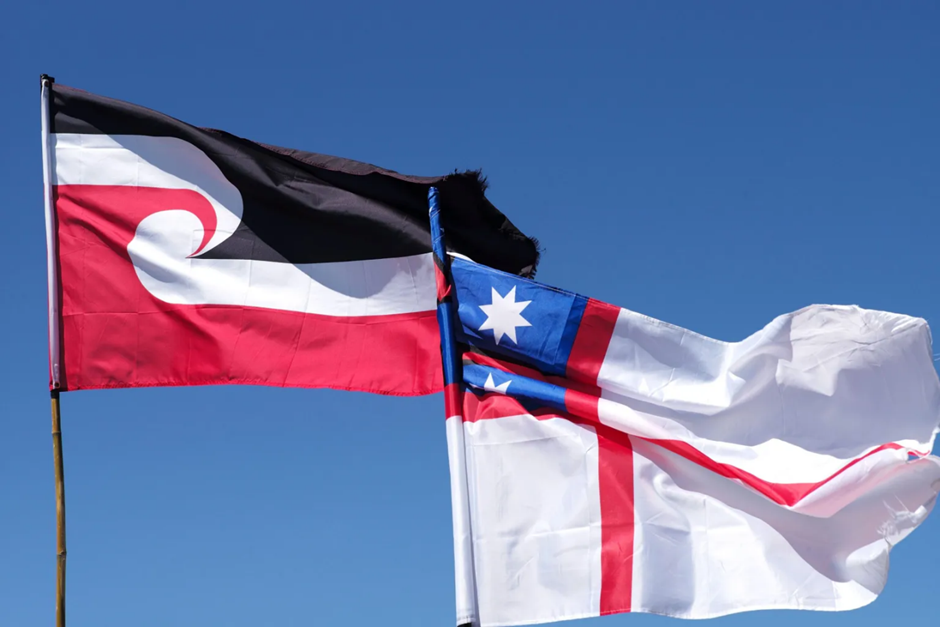This article introduces new datasets of Marae names that will form the basis of Marae data sovereignty for database administrators that recognise Marae rights and valuable information to navigate the whole Māori Data Sovereignty landscape.
The data sets are available from https://github.com/ktaiuru
Introduction
Marae/Rūnanga Data Sovereignty refers to the inherent rights and interests of Marae/Rūnanga (individual or collectively) in relation to the creation, collection, access, analysis, interpretation, management, dissemination, re-use and control of data relating to a Marae/Rūnanga as inherited by whakapapa with mana atua, mana tangata and or reflected in He Whakaputanga and or Te Tiriti and provided recognition of rights with the United Declaration on the Rights Indigenous Peoples (Taiuru.K, 2020).
This article introduces three marae data sets which can be downloaded from the links below:
- Traditional Marae Data Sovereignty Dataset which may be cited as “Taiuru, Karaitiana. (2021). Traditional Marae Data Sovereignty Dataset”.
- Non-Traditional Marae Data Sovereignty Dataset which may be cited as “Taiuru, Karaitiana. (2021). Non Traditional Marae Data Sovereignty Dataset”.
- Urban Marae Data Sovereignty Dataset which may be cited as “Taiuru, Karaitiana. (2021). Urban Marae Data Sovereignty Dataset”.
- For a Hapū Data Sovereignty set see my other post
Background
Increasingly the Crown are ignoring Māori data sovereignty partners, especially hapū and marae by choosing to work only with Iwi via the Iwi Leaders Forum under the auspices of the Mana Ōrite agreement. The Mana Ōrite agreement is a significant move forward in regards to Māori Data Sovereignty, but it does not consider that sovereignty given to hapū by Te Tiriti/The Treaty of Waitangi. More discussion in another post I wrote Māori Data Sovereignty Consultation Obligations.
These lists were compiled as a resource tool to assist marae gain sovereignty over their own data as opposed to the ever increasingly iwi data sovereignty rights. The traditional Marae list can be added to the Iwi and Hapū data sets.
Methodology
Three sources of truth were used to compile the Marae Data Sovereignty list.
- Te Kāhui Māngai
- MaoriMaps.com
1. Te Kāhui Māngai
The primary source of marae names were sourced from Te Kāhui Māngai created by Te Puni Kōkiri. Te Kāhui Māngai is a large dataset of marae, iwi, hapū and other relevant information that is based on information that has been recognised by the New Zealand Government as opposed to traditional Iwi, such as:
- Mandated Iwi Organisations and Recognised Iwi Organisations in the Māori Fisheries Act 2004; and
- Mandated bodies recognised for Treaty of Waitangi settlement purposes, including Treaty negotiations and post-settlement governance entities;
- Iwi authorities and Groups that represent hapū for the purposes of the Resource Management Act 1991;
- National and Urban Māori organisations that have statutory associations with representative iwi organisations (“Other Organisations”); and
- Urban and Institutional Marae.
2. MaoriMaps.com
This web site was used to identify when possible, further names that are not present in Te Kāhui Māngai.
Glossary
- Marae
A traditional meeting place for whānau, hapū and iwi members usually characterised by a named wharenui [meeting house] and named wharekai [dining house]. Some marae are more commonly known by the name of their wharenui, which is usually named after a tupuna [ancestor].
2. Institutional marae
These marae are specifically associated with a local school, polytechnic, university, church, branch of the armed forces, social service provider, or other institution.
3. Non-Tribal Marae (Urban & Institutional
These marae are not based on whakapapa. Urban Marae are typically pan-tribal and server the wider community. Institutional Marae are specifically associated with a local school, polytechnic, university, church, branch of the armed forces, social service provider, or other institution.
References
[1] https://www.tkm.govt.nz/glossary/#glossary_12
[2] https://www.tkm.govt.nz/marae/


Leave a Reply
You must be logged in to post a comment.